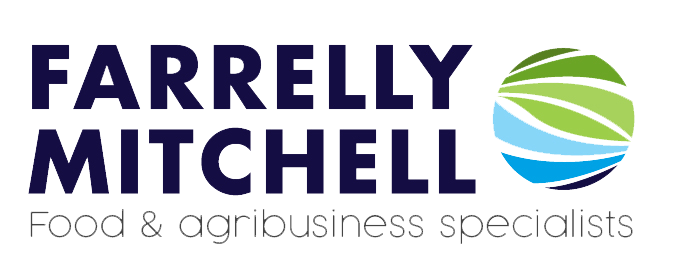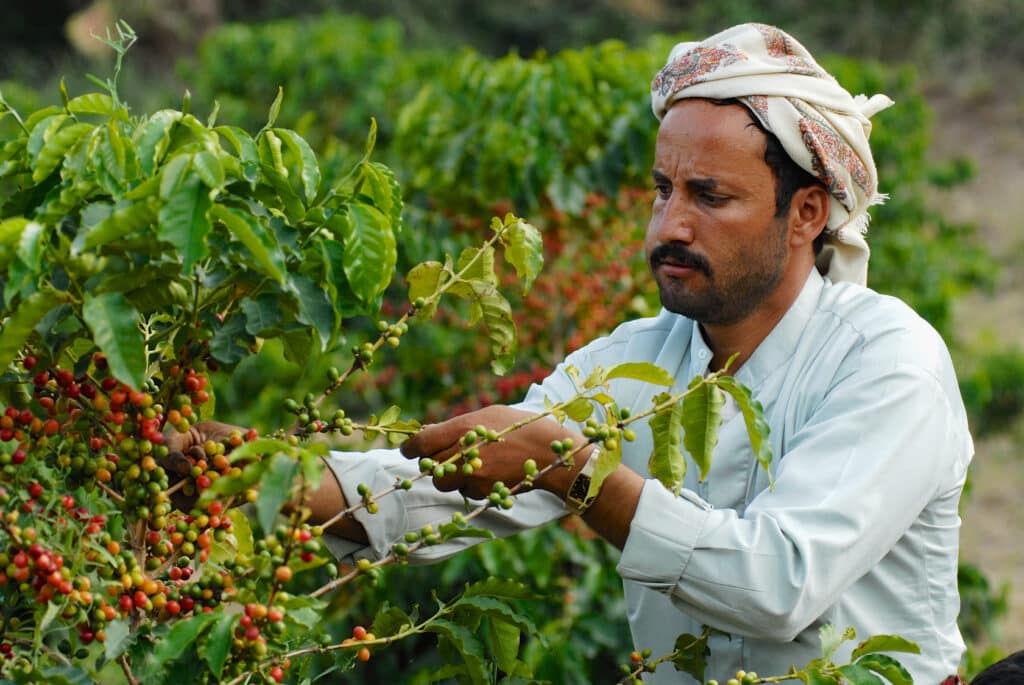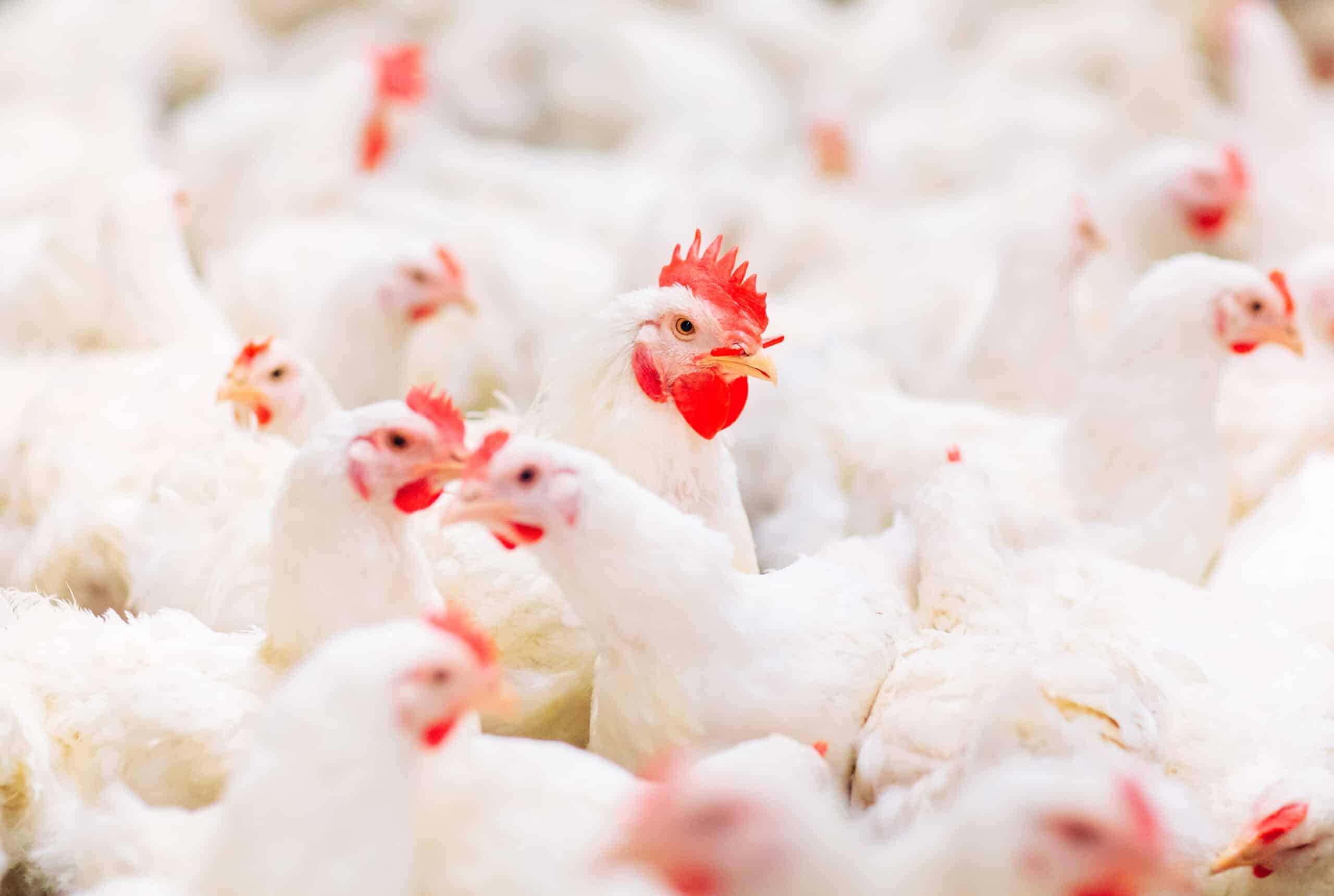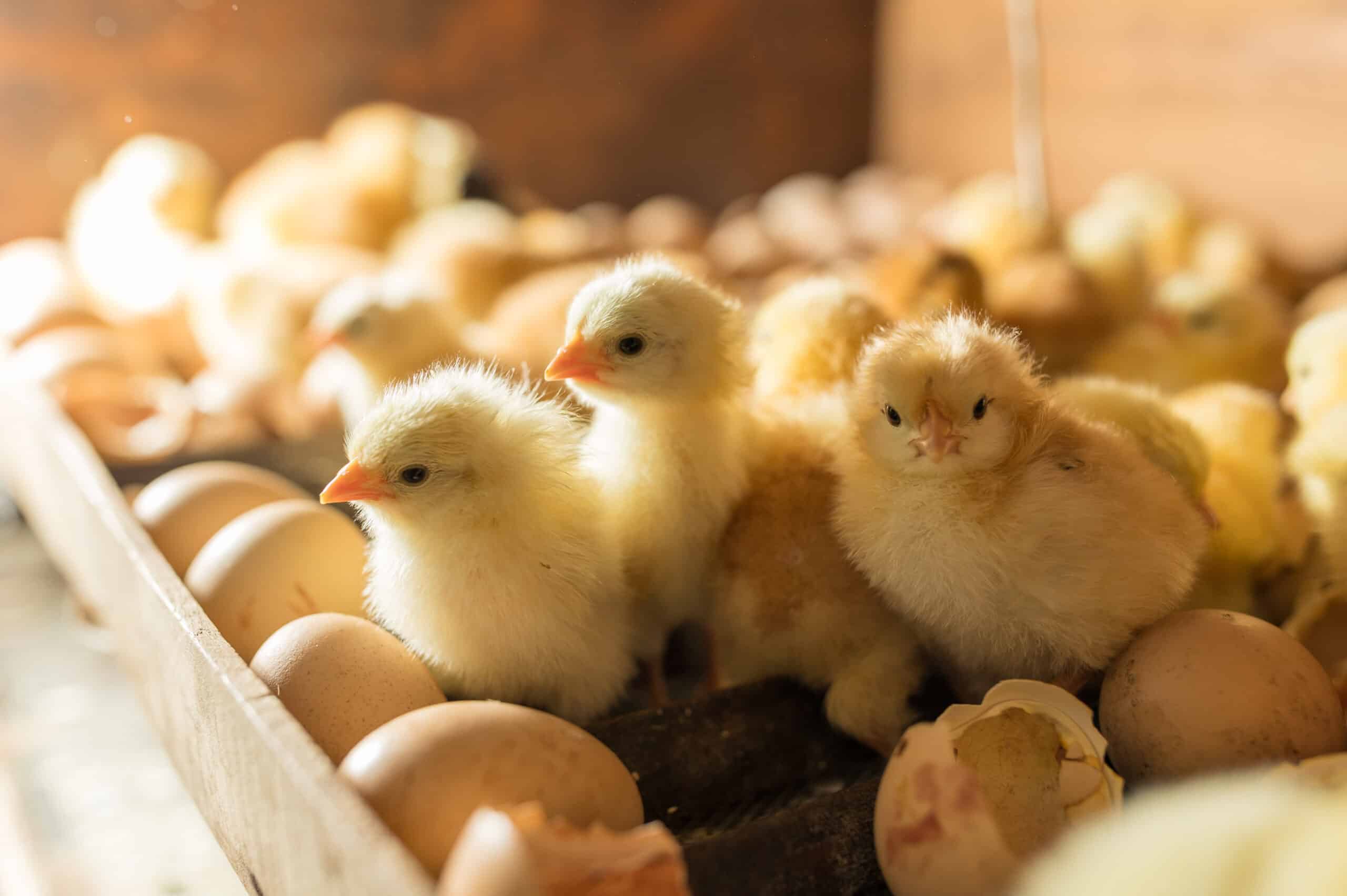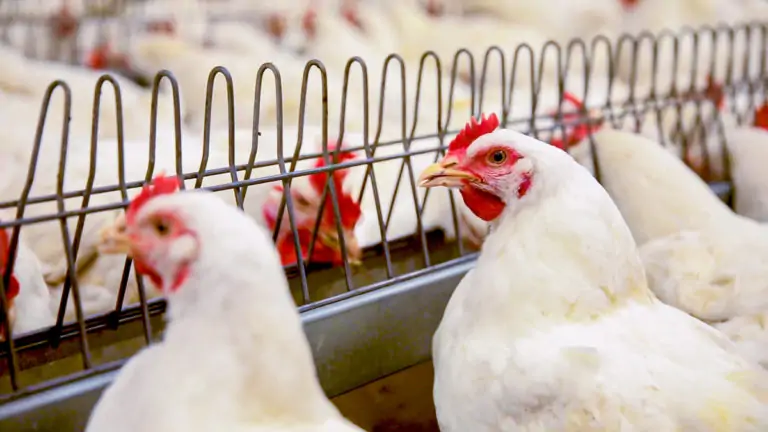The poultry industry plays a crucial role in the global food supply, with billions of chickens raised annually for their meat and eggs. As the demand for poultry products continues to rise, the industry faces mounting pressure to enhance efficiency, reduce costs, and improve animal welfare.
Automation technologies are becoming increasingly important in addressing these challenges and shaping the future of poultry production. This report delves into the current and potential applications of automation in the poultry industry, examining its benefits, drawbacks, and future outlook.
Current applications of integrated automation in the poultry industry
Integrated automation is already being employed in various aspects of poultry production. Many modern poultry farms employ automated manure cleaning systems that efficiently remove waste from poultry cages.
Environmental control is handled by automated systems that monitor and regulate temperature, humidity, and ventilation, ensuring optimal conditions for bird health and productivity. Automated feeding and watering processes can distribute consistent and precise amounts of feed and ensure a continuous supply of freshwater for optimal bird growth, health, and hydration.
For in-cage egg production, automation extends to egg collection and handling, with conveyor belts automatically collecting and transporting eggs to the packing room. Automation is being applied to tasks such as vaccinations and litter management.
At the same time, automated monitoring and data collection systems that track various parameters, including temperature, feed intake, water consumption, and egg production, provide valuable insights into flock performance and enable better management decisions.
Benefits of integrated automation in the poultry industry
Integrated automation in the poultry industry brings numerous advantages, significantly enhancing efficiency and productivity. By streamlining various processes, automation reduces manual labour, increases output, and boosts profitability, enabling producers to meet the growing global demand for poultry products.
Automated systems can also improve animal welfare by helping to create a more comfortable and less stressful environment for birds. For example, automated temperature control and ventilation systems ensure optimal conditions, while automated feeding systems prevent overcrowding and competition for food.
In breeder houses, automation ensures precise control over feed and feed composition, leading to improved breeding outcomes. These systems create optimal conditions for both male and female birds, maximising hatching egg production and achieving higher fertilisation rates.
Additionally, integrated automation reduces labour costs and enhances worker safety. By minimising the need for manual intervention, automation enables companies to operate with smaller workforces while maintaining or increasing productivity levels. This not only reduces direct labour expenses but also associated costs like training. Similarly, by automating tasks that may be hazardous or physically demanding, such as working at heights or handling heavy loads, automation helps improve workplace safety.
Lastly, and arguably most importantly, integrated automation enables a greater degree of data collection and analysis. Automated systems generate extensive data that can be analysed to identify trends and optimise performance, resulting in more efficient and sustainable poultry production. Automation also contributes to improved food safety by minimising human contact with poultry products, reducing the risk of contamination in processing plants where hygiene is paramount.
Potential drawbacks of increased automation in the poultry industry
While integrated automation offers numerous benefits, it also presents some potential drawbacks. One significant concern is job displacement. As automation replaces manual labour, there is a risk of job losses in the poultry industry, which could have social and economic consequences, particularly in rural communities where poultry farming is a major employer.
Another challenge is the high initial investment costs. Implementing automation technologies can require significant upfront investment in equipment and infrastructure, which can be a barrier for smaller producers or those with limited financial resources. Additionally, operating and maintaining automated systems requires technical expertise, and farmers and plant workers may need training to effectively manage these technologies.
Lastly, maintaining a continuous and reliable power and water supply is crucial for bird health and productivity in automated poultry farms. Automated systems rely on a stable supply of water and power. Power outages or disruptions to the water supply can lead to system failures and potentially affect bird health and production. It is also worth considering that automated systems require regular maintenance and occasional repairs. Farmers, processors, and integrators need to establish maintenance schedules and have access to technical support.
Impact of automation on the quality and safety of poultry products
Automation can have a significant impact on the quality and safety of poultry products. One key benefit is reduced contamination. Automated systems minimise human contact, reducing the risk of contamination. They can also track produce throughout the production process, helping to identify and address potential food safety issues more effectively.
Another advantage of automated systems is that they ensure consistent processing and handling, leading to more uniform product quality. They can also help reduce waste in poultry production by detecting defects and contaminants early in the process, allowing for corrective actions to be taken before issues escalate.
Future outlook for integrated automation in the poultry industry
The future of integrated automation in the poultry industry looks promising, with continued advancements in technology and increasing adoption by producers. Artificial Intelligence (AI) is being used to develop more sophisticated automation systems that can learn and adapt to changing conditions, which will lead to even greater efficiency and productivity. Robotics will likely play an increasingly important role in poultry production. “Nanny robots” are already being used by companies like CP Group to monitor flock health and are increasingly capable of performing a wide range of tasks with a high degree of precision and speed.
The use of data analytics is set to increase as poultry growers, processors, and integrators look to optimise poultry production, identify trends, and improve decision-making.
Automation technologies may also be used to reduce the environmental impact of poultry production. By optimising resource use and minimising waste, these systems can contribute to an organisation’s sustainability targets, and as regulations become more stringent, integrated automation will likely help producers meet compliance requirements more effectively.
Harnessing automation
Integrated automation is revolutionising the poultry industry, offering significant benefits in terms of efficiency, productivity, animal welfare, and food safety. While there are potential drawbacks, the overall trend is towards increased automation, and embracing technological advancements will likely prove crucial for those looking to enhance efficiency and productivity.
With our expertise in agtech, digitalisation, and supply chain optimisation, we can guide poultry, livestock, and dairy businesses through their digital transformation journey, implementing customised automation solutions that enable the precise management of farms, animals, and resources. To better understand agtech and integrate this technology into your operations, contact our poultry consultants today.
